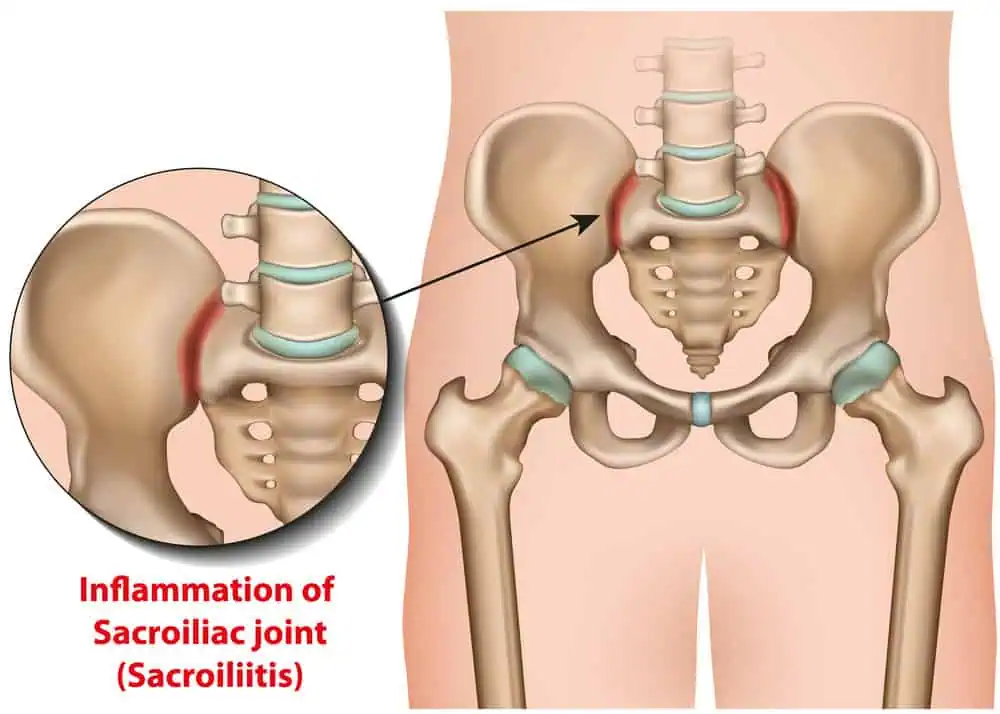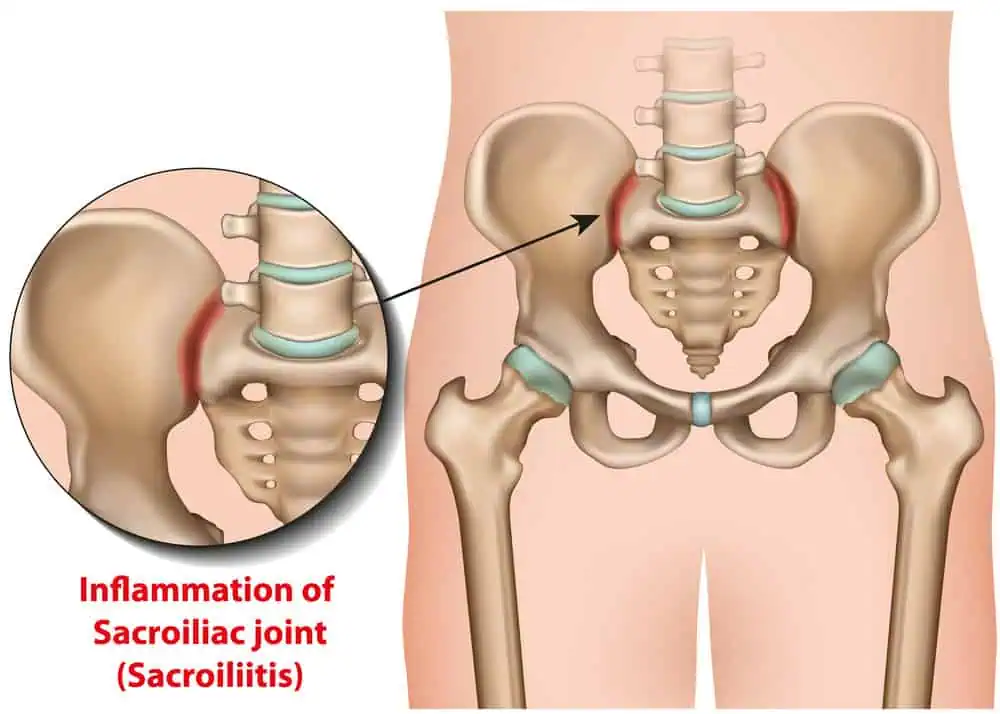The term “SiLO procedure” actually refers to two very different medical interventions, each corresponding to a specific condition and area of treatment:
SiLO Procedure for Gastroschisis:
- Condition Addressed: Gastroschisis is a congenital condition where babies born with the intestines and sometimes other organs outside of the abdomen through a hole near the belly button. This birth defect requires immediate medical attention.
- Procedure Overview: The SiLO (silo is short for “silo-like”) procedure for gastroschisis involves placing a silo bag, which is a sterile, flexible covering, around the protruding abdominal organs. This allows the organs to be gradually repositioned into the baby’s belly over several days, typically using gravity to assist in the reduction. This is considered a staged reduction because the organs are not immediately placed back into the abdomen during surgery. Gastroschisis repair is a critical part of gastroschisis treatment.
- Purpose: The main goal is to protect the exposed organs and allow them to gradually return to the abdominal cavity without causing high pressure in the abdomen or compromising respiratory function. Most babies with this condition are treated in a neonatal intensive care unit to ensure proper care and monitoring.
A pediatric surgeon, specialized in pediatric surgery, performs the procedure to ensure the best outcomes for the infant.
- SiLO Procedure for Sacroiliac Joint:
- Condition Addressed: This refers to a procedure targeting the sacroiliac (SI) joint, which connects the lower spine to the pelvis. The SI joint can become a source of pain due to conditions like arthritis, injuries, or inflammation.
- Procedure Overview: The SiLO procedure for the SI joint is a minimally invasive treatment that involves interventions such as injections for pain relief or radiofrequency ablation to treat nerve pain associated with the SI joint.
- Purpose: The procedure aims to alleviate pain and improve function in individuals suffering from SI joint dysfunction.

In summary, while they share a name, the SiLO procedures are applicable to vastly different medical issues—one is a neonatal emergency intervention for an abdominal wall defect, and the other is an orthopedic procedure aimed at alleviating joint pain. The context and treatment objectives are unique to the conditions they address.
Key Takeaways
- The SiLO procedure is a surgical response to gastroschisis and Sacroiliac pain
- Accurate diagnosis and staged repair are crucial components.
- Innovations in the procedure promote improved recovery and outcomes.
Understanding SiLO Procedure
In our exploration of the SiLO Procedure, we focus on its specificities, including its definition, purpose, and how it compares to traditional methods in managing conditions such as sacroiliac joint dysfunction.
Definition and Purpose
The SiLO Procedure represents a surgical approach to treating sacroiliac joint dysfunction, which involves the stabilization and fusion of the sacroiliac joint. This technique uses a single implant Posterior Si-Fusion System made of human cortical bone to achieve its goals. It aims to address conditions associated with the sacroiliac joint, and while not directly related to gastroschisis or omphalocele, which are abdominal wall defects, SiLO holds significance for sacroiliac joint-related ailments.
Comparison With Traditional Methods
When comparing the SiLO Procedure with traditional surgical methods, several distinctions stand out:
- Invasiveness: Traditional methods may require more extensive surgery, while the SiLO Procedure is less invasive, represented by the use of a smaller, singular allograft.
- Recovery Time: A key advantage of SiLO is a potentially shorter recovery period due to its outpatient nature, contrasting with the longer recuperation often associated with more invasive surgeries.
- Procedure Duration: The duration of the SiLO Procedure tends to be shorter, which is a considerable advantage over traditional, more time-intensive methods.
These aspects of the SiLO Procedure show its advancement over older techniques, advocating for patient safety and convenience.
Diagnosis and Indications

why is SiLO procedure good for sacroiliac joint?
The Sacroiliac Locating and Orientation (SiLO) procedure is designed to effectively target and treat pain associated with sacroiliac joint dysfunction. Here’s why the SiLO procedure is considered beneficial for managing sacroiliac joint issues:
- Precision and Accuracy: The SiLO procedure employs imaging techniques such as fluoroscopy (live X-ray) to ensure precise placement of the treatment (like injections or radiofrequency ablations) directly into the sacroiliac joint or its surrounding ligaments. This high level of accuracy helps in directly addressing the source of pain.
- Minimally Invasive: Unlike more invasive surgical options, the SiLO procedure involves minimal incisions or no incisions, depending on the specific technique used. This minimally invasive nature leads to fewer complications, less postoperative pain, and quicker recovery times.
- Effective Pain Relief: Many patients report significant pain relief following the SiLO procedure. By directly targeting the source of pain, the procedure can alleviate discomfort that hasn’t responded well to more conservative treatments like physical therapy or medication.
- Diagnostic and Therapeutic: The SiLO procedure can serve both diagnostic and therapeutic purposes. For instance, a diagnostic injection can help confirm whether the sacroiliac joint is the source of pain. If the injection relieves the pain, it confirms the joint’s role in the discomfort, and further therapeutic interventions can be more confidently pursued.
- Reduces Dependence on Medications: By effectively managing pain through procedural interventions, patients may reduce their reliance on oral pain medications, which can have side effects and potential for dependency.
- Potential for Long-term Relief: Techniques like radiofrequency ablation, which may be part of a SiLO procedure, can provide long-term pain relief by disrupting pain signals from the nerves supplying the sacroiliac joint.
- Customizable: The SiLO procedure can be tailored to meet individual patient needs based on the specific location and severity of the joint dysfunction, enhancing its effectiveness.
Given these advantages, the SiLO procedure is considered a valuable option for patients experiencing sacroiliac joint pain, particularly when other treatments have failed to provide adequate relief.

Consultation With Specialists
Before proceeding with the surgical intervention, it’s crucial for us to consult with a multidisciplinary team. This team typically includes a specialist and a team of health carers. These specialists collaboratively assess the condition and plan the best course of action. Interdisciplinary communication ensures that we account for all possible variables.
The SILo Procedure Steps
The SiLO procedure is a surgical technique tailored for stabilizing the sacroiliac joint with precision and minimal invasion. We focus on patient safety and accuracy throughout the surgery.
What happens in the procedure?
1. Steroid Injections:
- Preparation: Patient lies face down.
- Procedure: Using X-ray guidance, a needle is inserted into the sacroiliac joint.
- Injection: A mix of steroid and anesthetic is injected to reduce inflammation and pain.
2. Nerve Blocks:
- Preparation: Similar positioning as steroid injections.
- Procedure: Imaging helps guide a needle to nerves around the sacroiliac joint.
- Injection: Anesthetic is injected to block pain signals, also helping diagnose pain sources.
3. Radiofrequency Ablation (RFA):
- Preparation: Patient positioned for easy access to the joint.
- Procedure: A needle is placed near the nerves under imaging guidance.
- Ablation: A current is passed through to disable the nerve, stopping pain signals.
Each procedure is minimally invasive, uses local anesthesia, lasts about 30 to 60 minutes, and allows patients to go home the same day. They aim to provide pain relief when simpler treatments haven’t worked.

Anesthesia Administration
During the SiLO procedure, we start by administering general anesthesia to ensure the patient is comfortable and pain-free. This is a critical step as it allows us to perform the procedure without any discomfort to the patient. General anesthesia also facilitates muscle relaxation, which is essential for accurate silo placement and minimizing the risk of injury to surrounding tissues.
How often would SiLO procedure need to be done?
The frequency of undergoing the SiLO procedure for the sacroiliac (SI) joint largely depends on the specific treatment method used and the individual’s response to the initial procedure. In the context of sacroiliac joint dysfunction, the SiLO procedure might involve interventions such as steroid injections, nerve blocks, or radiofrequency ablation. Here’s how often each might be considered:
- Steroid Injections: These are often used to reduce inflammation and provide pain relief. The effects can last from a few weeks to several months. Typically, if further injections are needed, they can be administered every few months, depending on the patient’s symptoms and response to treatment. However, it’s generally recommended not to have more than three to four steroid injections per year in the same joint to minimize the risk of potential side effects like joint damage or systemic side effects.
- Nerve Blocks: These are diagnostic more than therapeutic, though they can provide temporary relief. If a nerve block indicates that the sacroiliac joint is the source of pain, more long-term treatments like radiofrequency ablation may be considered.
- Radiofrequency Ablation (RFA): RFA can provide longer-lasting relief, often from six months to two years. The procedure can be repeated if symptoms return after this period. The frequency of repeat RFA is based on the duration of pain relief and the individual’s overall health and response to previous treatments.
The decision on how often to repeat any procedure related to SI joint treatment should be made in consultation with a healthcare provider specializing in pain management or orthopedics. They will consider factors such as the severity of symptoms, the effectiveness of previous treatments, and the individual’s overall health and activity level. Regular follow-up is essential to monitor the joint’s condition and decide the need for further interventions.

Post operative care
Post-operative care for procedures targeting the sacroiliac (SI) joint, such as the SiLO procedure, is crucial for ensuring a successful recovery and maximizing the benefits of the treatment. Here are some general guidelines for post-operative care after an SI joint procedure:
- Pain Management: After the procedure, it’s common to experience some discomfort. Your doctor may prescribe pain medications or recommend over-the-counter pain relievers. Ice packs can also help reduce swelling and alleviate pain.
- Rest: It’s important to rest and avoid strenuous activities, especially in the first few days following the procedure. This helps the treatment area heal and prevents undue stress on the joint.
- Activity Modification: Gradually resume activities as recommended by your healthcare provider. Avoid activities that put excessive strain on the sacroiliac joint, such as lifting heavy objects, bending excessively, or prolonged sitting or standing.
- Physical Therapy: Many patients benefit from physical therapy after an SI joint procedure. A physical therapist can teach exercises that strengthen the muscles around the sacroiliac joint, improve flexibility, and increase range of motion, which can help support long-term recovery and pain relief.
- Follow-up Appointments: Attend all scheduled follow-up appointments so that your doctor can monitor your recovery. These appointments are crucial for tracking the success of the procedure and making any necessary adjustments to your treatment plan.
- Monitor for Complications: Be alert for signs of complications, such as increased pain, redness, swelling, or discharge at the injection site, fever, or unusual symptoms. Contact your healthcare provider immediately if you notice any of these signs.
- Lifestyle Adjustments: Incorporate lifestyle adjustments that can support joint health, such as maintaining a healthy weight, practicing good posture, and engaging in low-impact activities that don’t overstrain the SI joint.
- Patient Education: Understanding the limitations and expectations of the recovery process is important. Education on proper body mechanics and ergonomics can prevent future injuries and manage chronic conditions.
These general guidelines can vary based on the specific type of procedure performed, the individual’s health status, and the doctor’s protocols. Always follow the specific instructions provided by your healthcare provider tailored to your individual recovery needs.
Infection Prevention
The risk of infection post-surgery is significant due to the exposure of sensitive tissues. We employ strict aseptic techniques and administer antibiotics as preventive measures. The site of repair is regularly inspected for signs of infection. We adhere to a strict protocol for the care and maintenance of the silo to reduce the potential for contamination.
Potential Complications

potential side effects and risks associated with treatments for the sacroiliac joint.
Steroid Injections:
- Risk of infection.
- Temporary pain increase.
- Possible nerve damage.
- Tissue damage with repeated injections.
- Nerve Blocks:
- Allergic reactions to anesthetic.
- Minor bleeding at the injection site.
- Temporary weakness or numbness.
- Radiofrequency Ablation (RFA):
- Temporary increase in pain.
- Risk of nerve damage.
- Small chance of infection.
General Risks for All Procedures:
- The treatment might not relieve the pain.
- Possible reactions to anesthesia.
Before any procedure, it’s important to discuss these risks with your healthcare provider to understand how they apply to your specific situation. They will take steps to minimize these risks.
Advanced Techniques and Innovations in SiLO Procedure
In the evolving landscape of sacroiliac joint treatments, we have witnessed significant advances. These include minimally invasive procedures and the integration of biologic materials that assist in the fusion process, enhancing the prospects for patient recovery and comfort.

Minimally Invasive Approaches for SiLO Procedure
We’re seeing groundbreaking progress with technologies like the SiLO TFX™ MIS sacroiliac joint fixation system. This system exemplifies the shift towards minimally invasive techniques, which results in reduced surgical times and less trauma to the surrounding tissues. With smaller incisions, patients benefit from a quicker recovery period and less postoperative pain.
- Key Advantages:
- Reduced surgical time
- Less postoperative pain
- Faster recovery period
Use of Biologics and New Materials in SiLO Procedure
Our approach to enhancing the fusion process involves the strategic use of biologics. They are vital in supporting the body’s natural healing and adding structural stability. The inclusion of materials like human cortical bone in devices, similar to what’s offered in the SiLO™ Allograft, promotes safe and effective sacroiliac joint fusions, paving the way for advanced treatments.
- Biologic Materials:
- Human Cortical Bone
By focusing on the integration of these innovations, we strive to offer patients state-of-the-art treatments that stand at the forefront of spinal care. Our commitment lies in improving patient outcomes through these advanced SiLO techniques and materials.

Frequently Asked Questions
What is the SiLO procedure for the sacroiliac joint?
Answer: The SiLO procedure for the sacroiliac joint involves minimally invasive treatments like steroid injections, nerve blocks, or radiofrequency ablation to manage pain associated with sacroiliac joint dysfunction.
How effective is the SiLO procedure in treating sacroiliac joint pain?
Answer: The effectiveness varies depending on the individual and the specific treatment used. Many patients experience significant relief from pain and improvement in function, especially when other treatments have failed.
What are the main risks of the SiLO procedure?
Answer: Common risks include infection, increased pain shortly after the procedure, nerve damage, and potential ineffectiveness of the treatment. Your doctor will take precautions to minimize these risks.
How often should the SiLO procedure be repeated?
Answer: The frequency depends on the type of procedure and the patient’s response. Steroid injections might be repeated every few months, while radiofrequency ablation may provide relief for up to two years and can be repeated if symptoms return.
Can the SiLO procedure cure sacroiliac joint dysfunction?
Answer: The SiLO procedure is not a cure but is designed to manage symptoms. It can provide significant relief and improve quality of life but typically needs to be part of a broader treatment plan that includes physical therapy and lifestyle changes.
What should I expect during recovery from the SiLO procedure?
Answer: Recovery may involve some initial discomfort, which can usually be managed with medications. Avoiding strenuous activities and gradually returning to normal activities as recommended by your healthcare provider is important. Physical therapy may also be recommended to strengthen the area and prevent future issues.
How do I know if I am a candidate for the SiLO procedure?
Answer: Candidates for the SiLO procedure typically have persistent pain in the sacroiliac joint that hasn’t responded to more conservative treatments like medication or physical therapy. A thorough evaluation by a healthcare provider specializing in pain management or orthopedics is necessary to determine if this treatment is appropriate for you.
These FAQs should help provide a clearer understanding of the SiLO procedure for individuals exploring options for managing sacroiliac joint pain.













